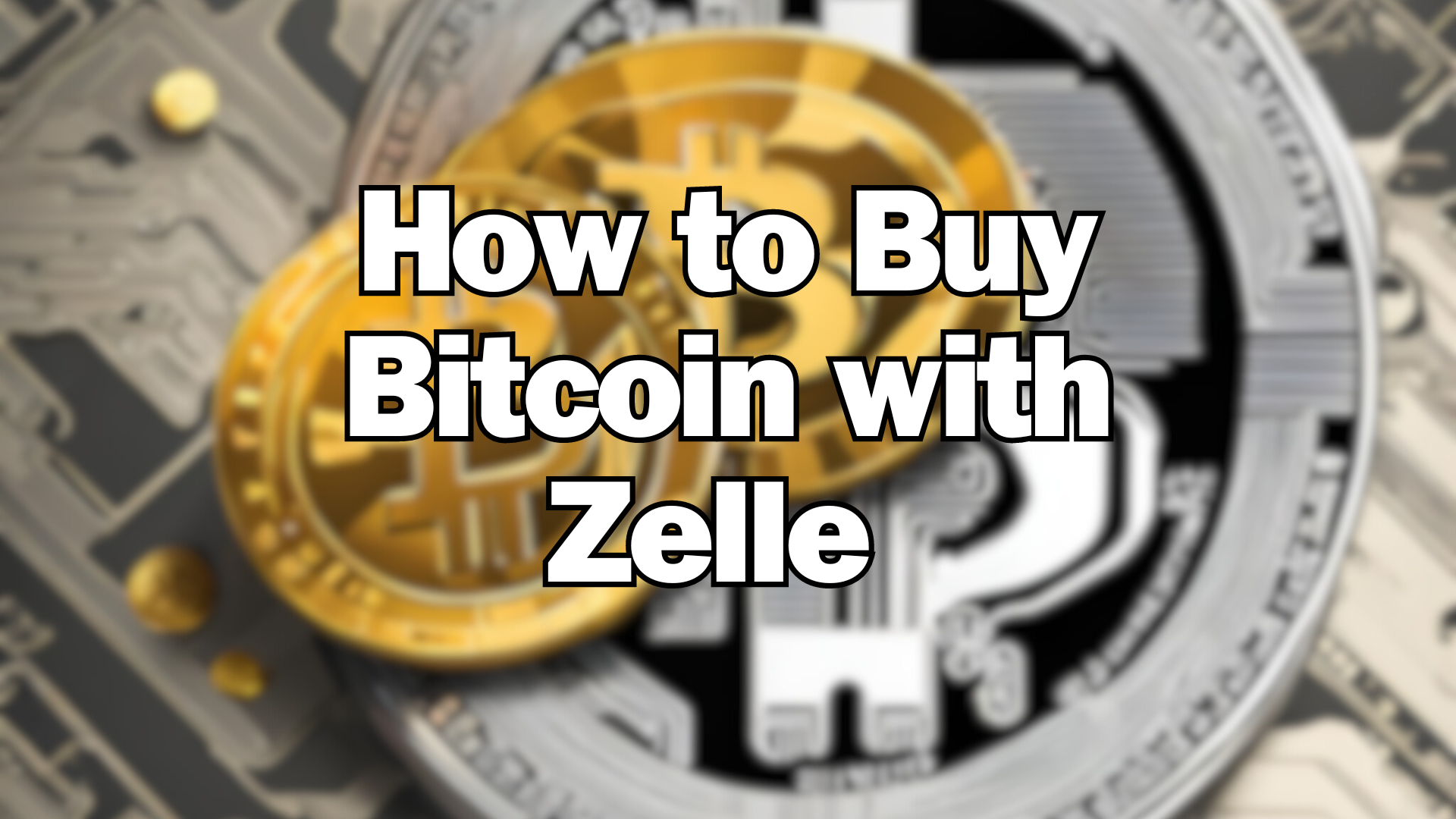Blockchain is a revolutionary technology that’s changing the way we think about transactions, security, and trust. It might sound complex, but at its core, it’s actually quite simple.
Let’s break down blockchain into easy-to-understand terms in guide by Instant Evex Pro.
What Is Blockchain?
Imagine a digital notebook. This notebook is special because it records transactions in a way that everyone can see and verify. This digital notebook is called the blockchain. It’s made up of blocks, which are just groups of transactions that are linked together in a chain. Hence the name “blockchain.”
How Does Blockchain Work?
Every time someone makes a transaction, it gets recorded in a block. Think of each block as a single page in our digital notebook. Once this page is full of transactions, it gets added to the notebook, which means it gets linked to the previous pages (blocks). This sequence of blocks forms a chain, creating a secure and unchangeable record of all transactions. Here’s a simple rundown of the process:
- Transaction Occurs: Someone wants to send or receive something of value, like money, a digital asset, or data.
- Verification: This transaction needs to be checked. Nodes, which are computers on the blockchain network, verify the transaction to ensure it’s legitimate.
- Creating a Block: Once verified, the transaction is grouped with others to form a new block.
- Adding to the Chain: This new block is added to the chain of existing blocks. It’s linked in such a way that it’s almost impossible to alter.
- Distribution: The updated blockchain is then distributed across all the nodes, so everyone has the latest version.
What Makes Blockchain Secure?
Blockchain is often praised for its security. Here’s why:
- Decentralization: Unlike traditional databases controlled by one entity, blockchain is managed by a network of computers (nodes) spread all over the world. This means there’s no single point of failure.
- Transparency: Every participant has access to the whole blockchain, making it easy to check transactions. This transparency builds trust.
- Immutability: Once a block is added, it cannot be changed. This makes the blockchain a reliable and tamper-proof record of transactions.
Uses of Blockchain
Blockchain started with Bitcoin, a type of digital currency, but its applications have grown far beyond that. Here are some areas where blockchain is making a big impact:
- Finance: Besides Bitcoin, there are now thousands of other cryptocurrencies. Blockchain allows for fast, cheap, and secure transfers of money.
- Supply Chain: Companies use blockchain to track products from origin to consumer. This transparency helps in verifying authenticity and ethical sourcing.
- Healthcare: Blockchain can securely store patient records, giving authorized people quick and safe access while maintaining privacy.
- Voting: Blockchain can make voting systems more secure, transparent, and hard to tamper with, ensuring fair elections.
- Smart Contracts: These are self-executing contracts with the terms directly written into code. They automatically enforce and execute the agreement, without needing a middleman.
Advantages of Blockchain
- Decentralization: No central authority is controlling the data.
- Transparency: Everyone can see the transactions, reducing fraud and corruption.
- Security: Highly secure due to cryptographic principles.
- Efficiency: Transactions can be settled quickly and without intermediaries.
Challenges of Blockchain
While blockchain offers many benefits, it’s not without challenges:
- Scalability: As more transactions are added, the blockchain can become slow.
- Energy Consumption: Some blockchains consume a significant amount of energy, especially those using Proof of Work (PoW) for verification.
- Regulation: The legal status of blockchain technology and cryptocurrencies varies widely around the world.
- Complexity: Because it’s a new technology, there’s a steep learning curve for those who want to implement it.
The Future of Blockchain
The future of blockchain looks promising, with potential to revolutionize various industries. Here are some trends to keep an eye on:
- Integration with IoT: Blockchain can enhance the security and functioning of IoT devices, ensuring more reliable data collection and processing.
- Enhanced Privacy Solutions: New protocols are being developed to ensure that blockchain transactions are private and confidential.
- Interoperability: Projects are underway to make different blockchains work together seamlessly, creating a unified network.
- Wider Adoption: As more people and businesses understand its benefits, blockchain’s adoption is expected to grow across various sectors.











